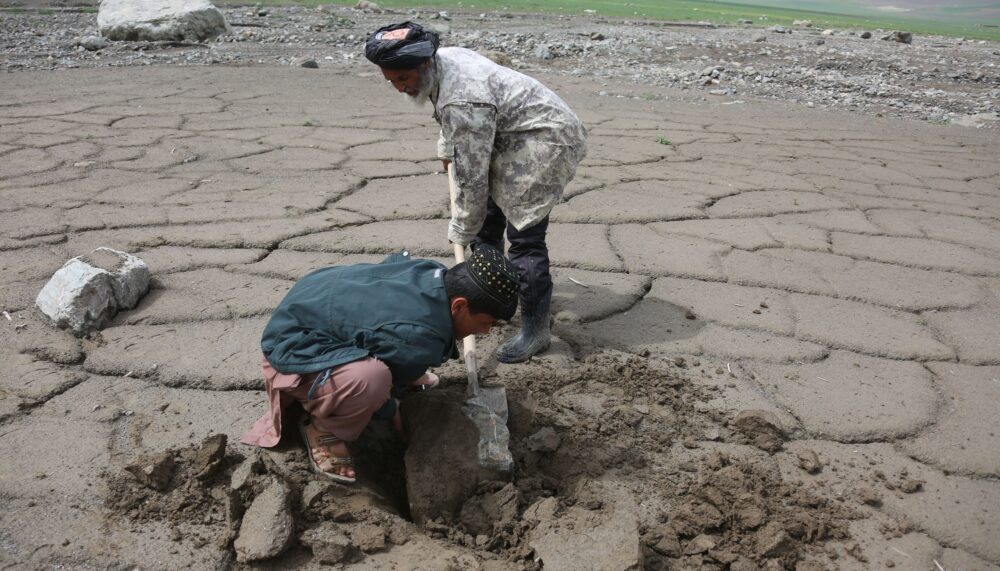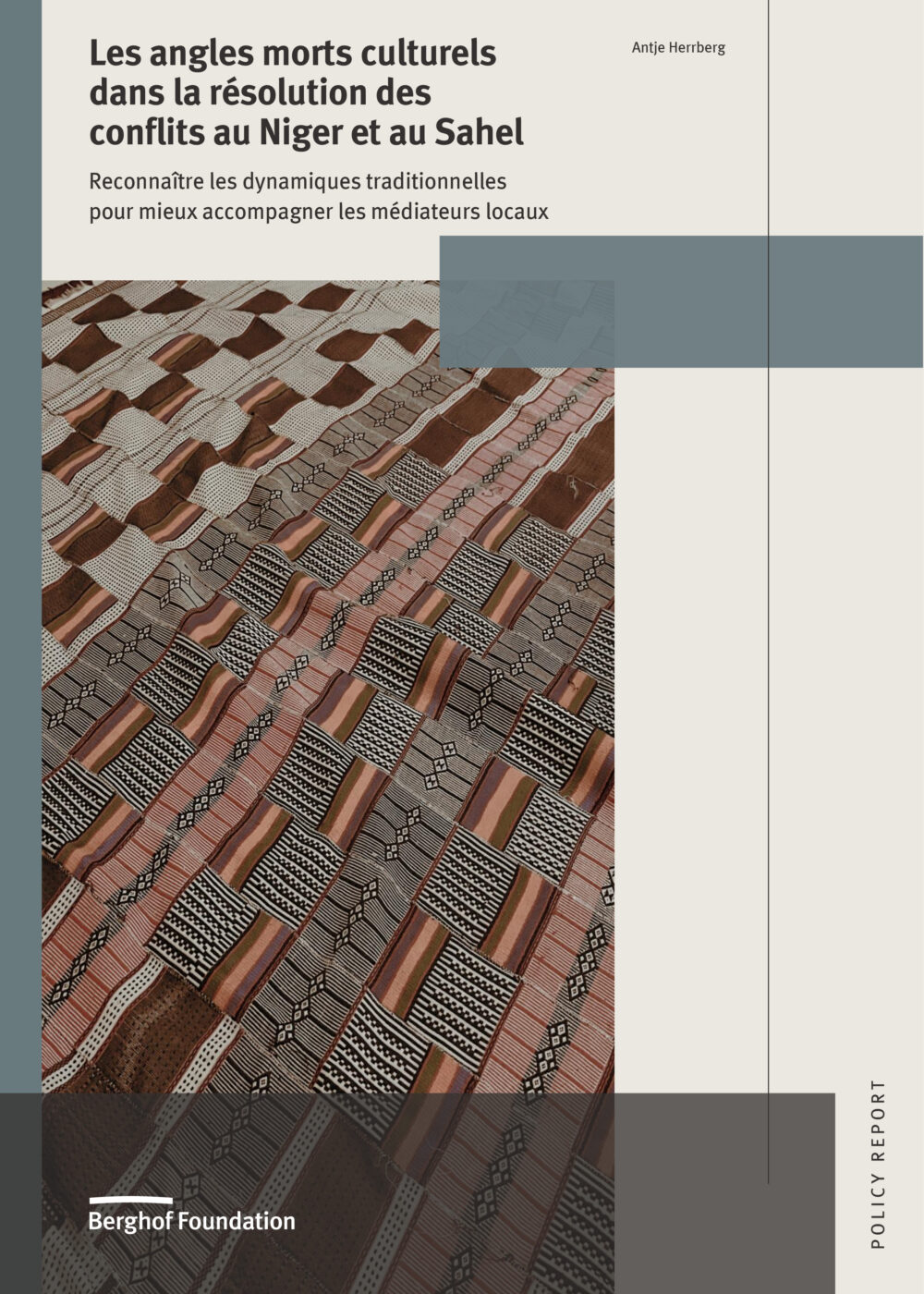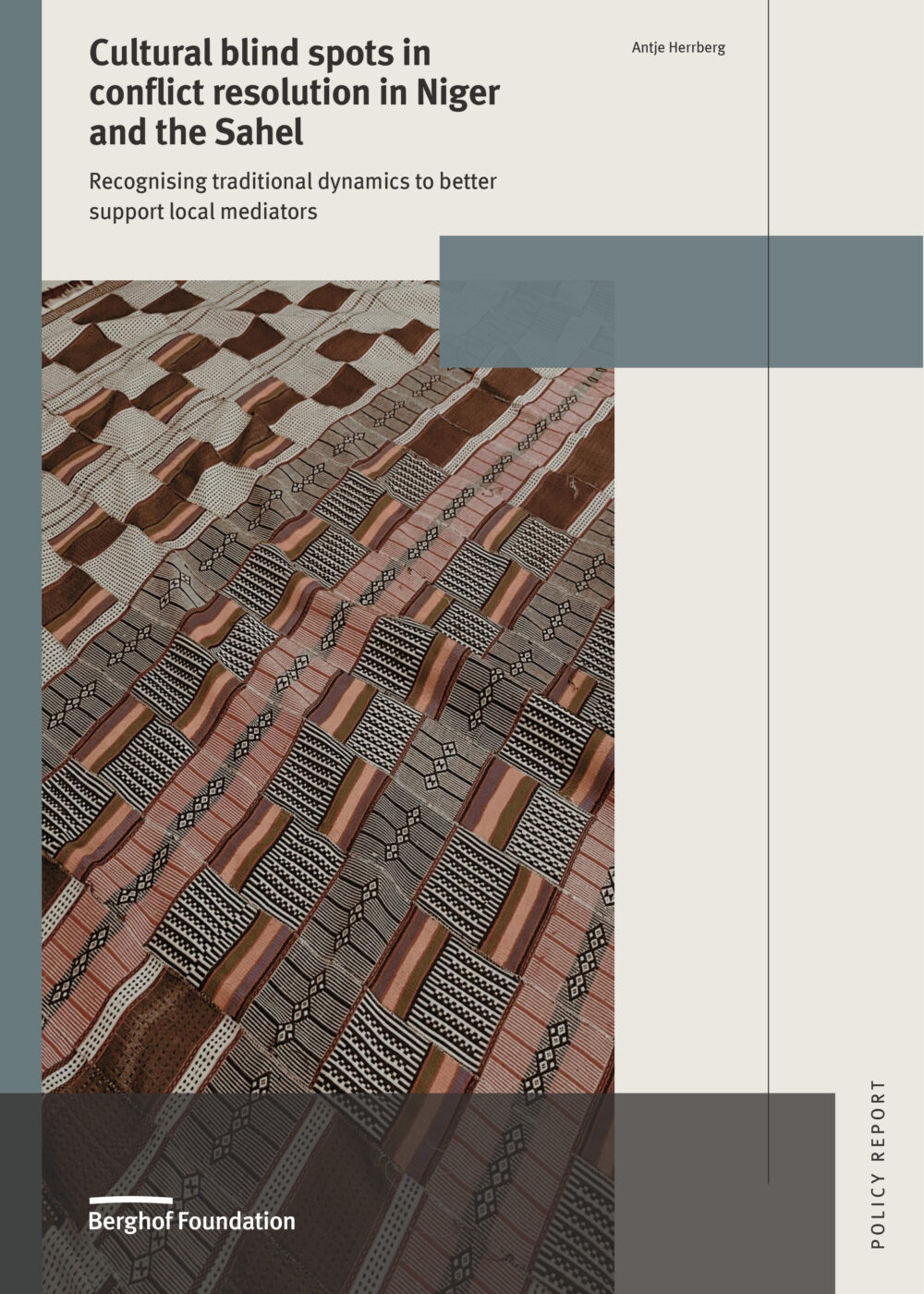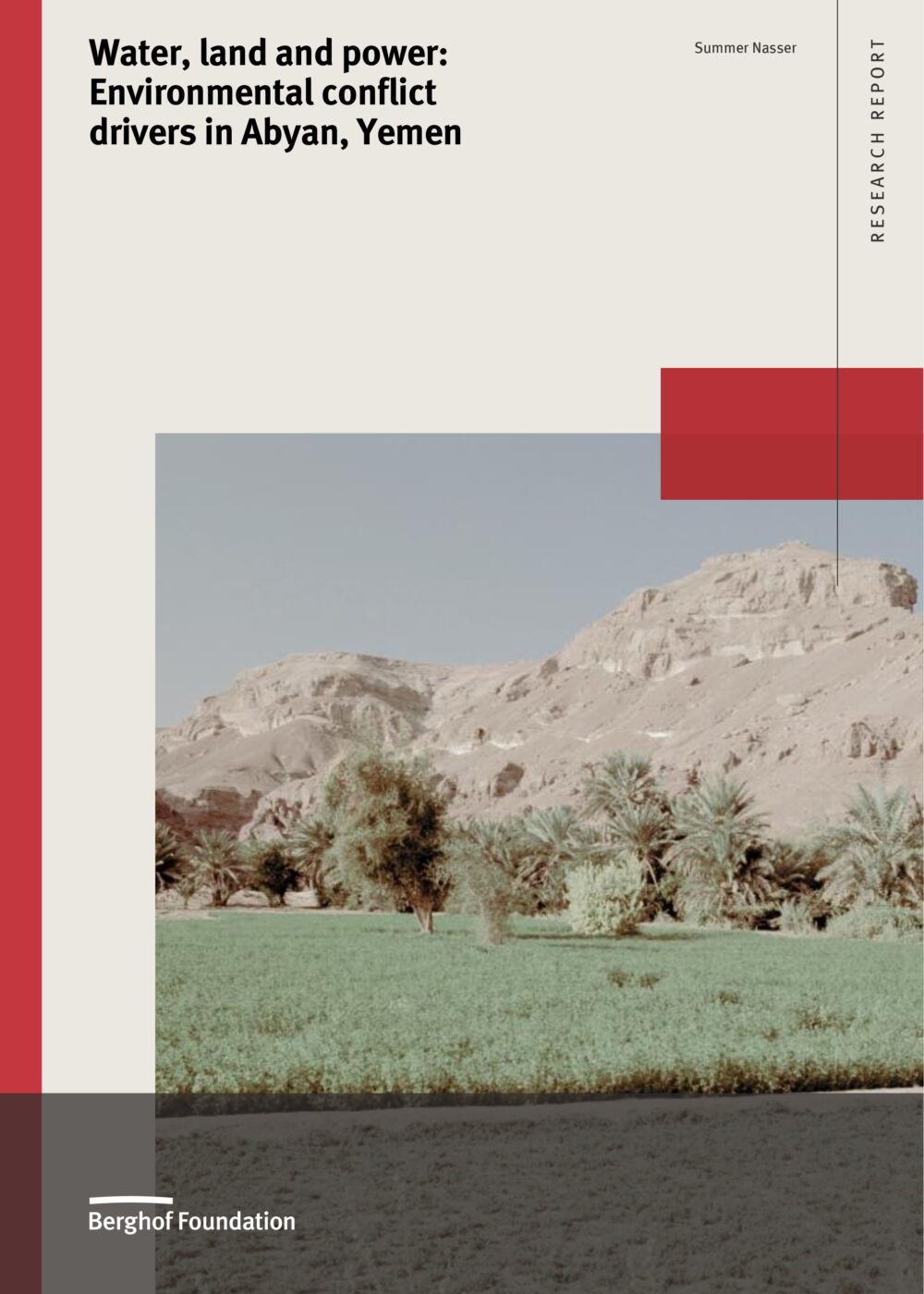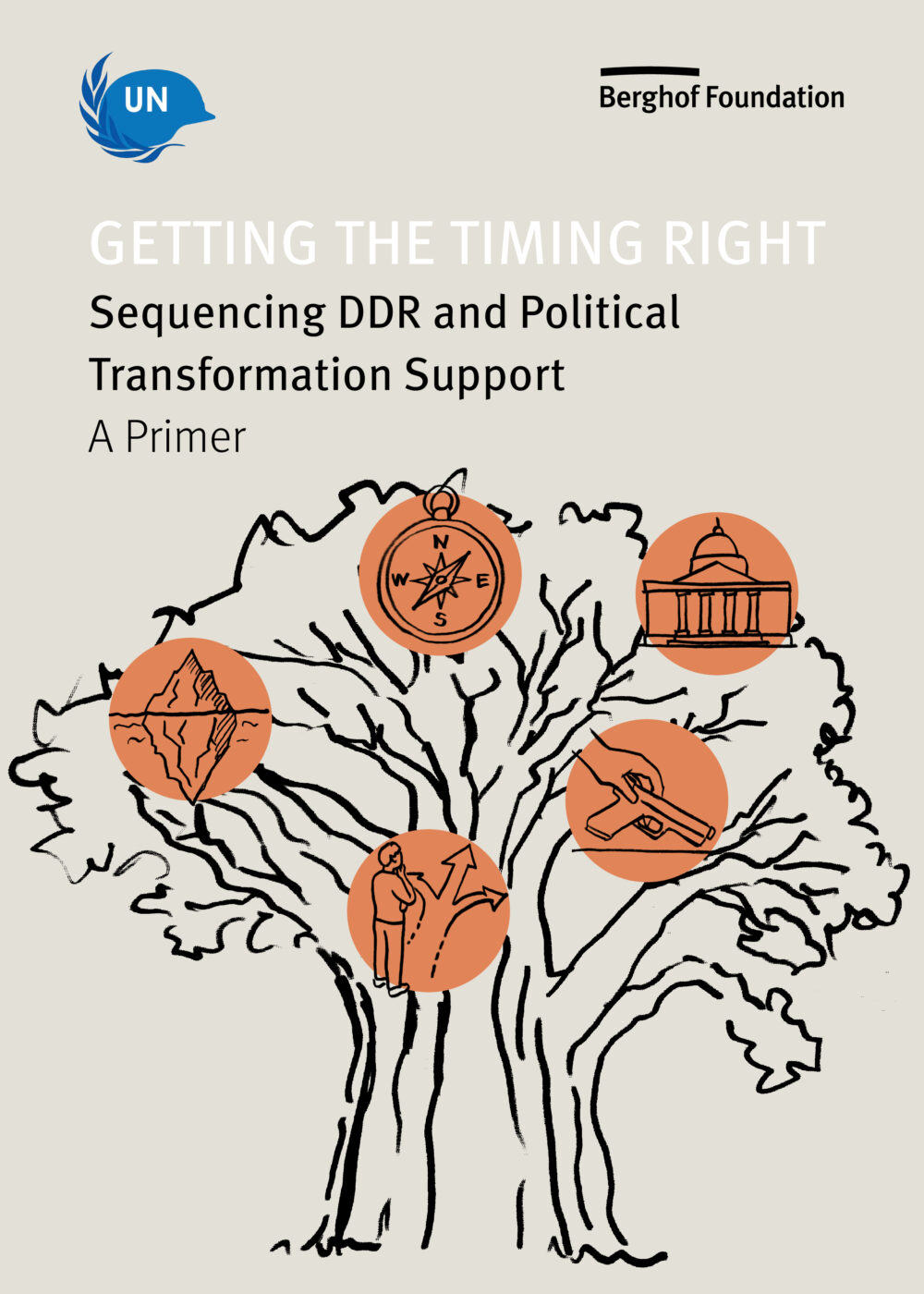25 Nov 2020
Incremental inclusivity: A recipe for effective peace processes?
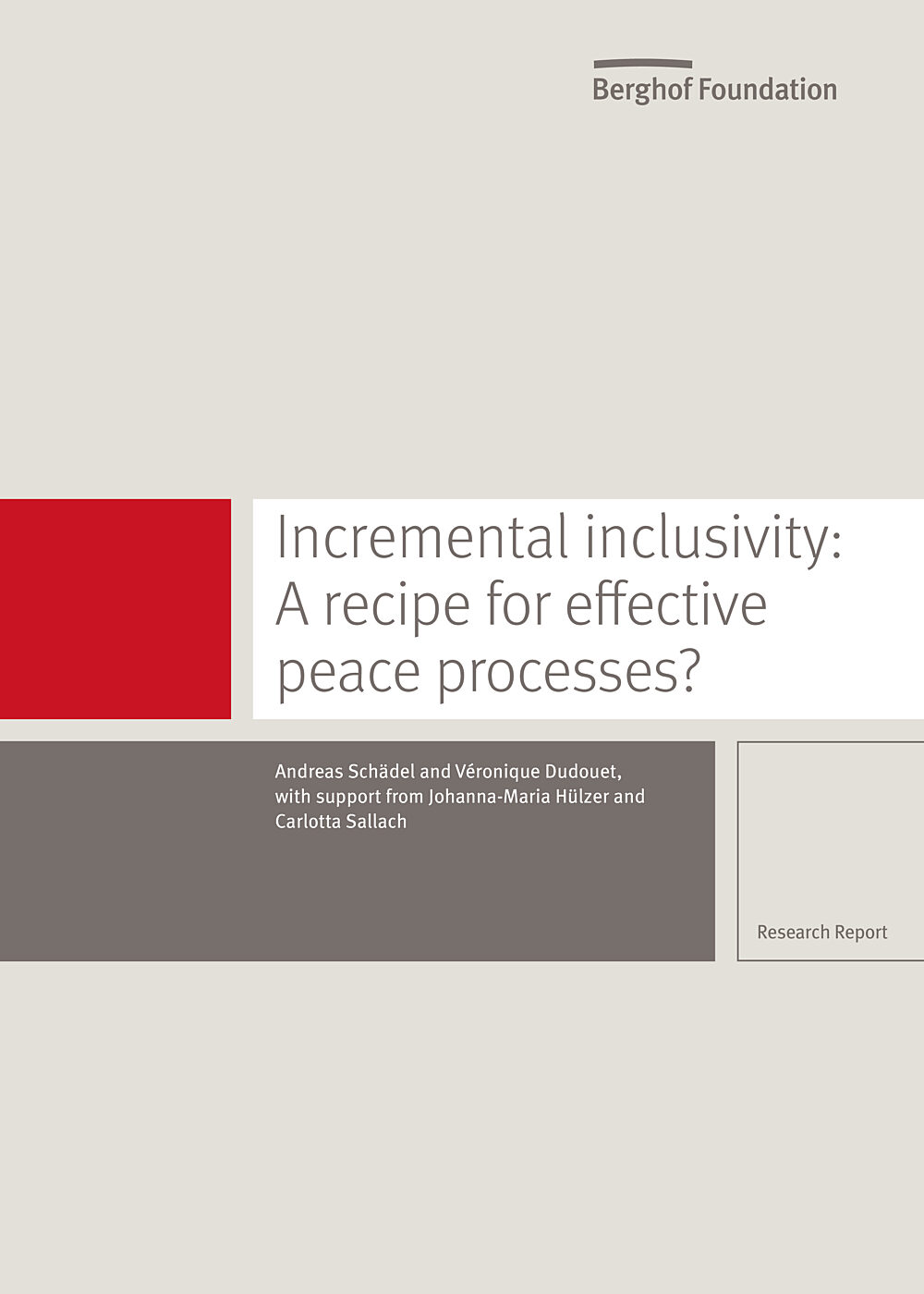
The quest for inclusive pathways for peace has become one of the cornerstones of the international peacebuilding agenda in the past few years. While there is a growing consensus that the inclusion of various constituencies and interests in conflict resolution processes is a crucial factor in building sustainable peace, there is still a great deal of confusion and disagreement on the right timing and sequencing of multiactor inclusion in peace process design in order to bring about legitimate, equitable and lasting solutions to complex protracted armed conflicts. This report contributes to this debate by conducting a comparative assessment of ‘incremental inclusion’ approaches for non-signatory armed groups and civil society actors during the negotiation and implementation of four peace/ceasefire agreements.
Authors
Andreas Schädel, Véronique Dudouet, Johanna-Maria Hülzer, Carlotta Sallach
These agreements are:
- the Algiers Accord for Peace and Reconciliation between the government of Mali and two coalitions of (pro-state and opposition) armed groups (June 2015)
- the National Ceasefire Agreement between the government of Myanmar and eight ethnic armed organisations (October 2015)
- the Havana Peace Accord between the government of Colombia and the FARC guerrilla group (August-November 2016)
- the Kabul Agreement between the government of Afghanistan and the rebel group Hezb-i-Islami (September 2016)
All four countries have now entered a phase of codification (e.g. enshrining the signed agreements in national legislation) and implementation of the agreed commitments, and the principle of incremental inclusivity has been explored through attempts to: 1) broaden horizontal inclusivity to other armed groups (e.g. ELN in Colombia, Islamist armed groups in Mali, non-signatory ethnic armed organisations in Myanmar, and the Taliban in Afghanistan); and 2) broaden vertical inclusivity by involving civil society actors in the design of structural reforms and reconciliation mechanisms.
- Incremental inclusivity in peace processes: Key lessons learnt. Berghof Policy Brief 11
Andreas Schädel, Véronique Dudouet. 2020
- L’inclusivité progressive dans les processus de paix : Leçons apprises et recommandations. Berghof Policy Brief 11
Andreas Schädel, Véronique Dudouet. 2020
- Inclusividad incremental en los procesos de paz: Lecciones claves aprendidas. Berghof Policy Brief 11
Andreas Schädel, Véronique Dudouet. 2020
- ငြိမ်းချမ်းရေးလုပ်ငန်းစဥ်တွင် တဖြည်းဖြည်းချင်း တိုးမြှင့်ပါဝင်ခွင့် - တွေ့ရှိရသော အဓိက သင်ခန်းစာများ. Berghof Policy Brief 11
Andreas Schädel, Véronique Dudouet. 2020
Thanks for your interest
If you find this publication useful, please consider making a small donation. Your support enables us to keep publishing.


